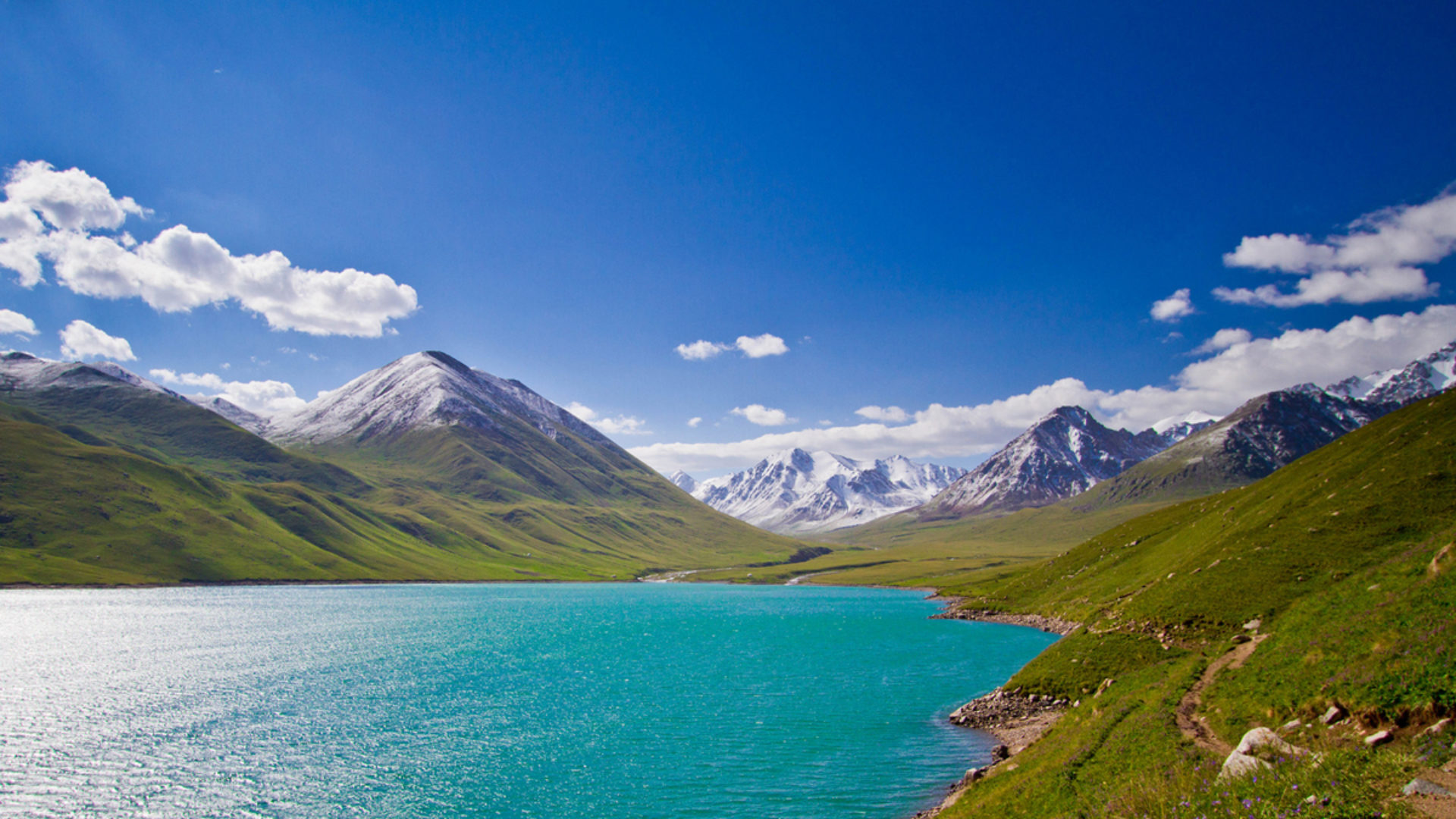The most interesting about Kyrgyzstan
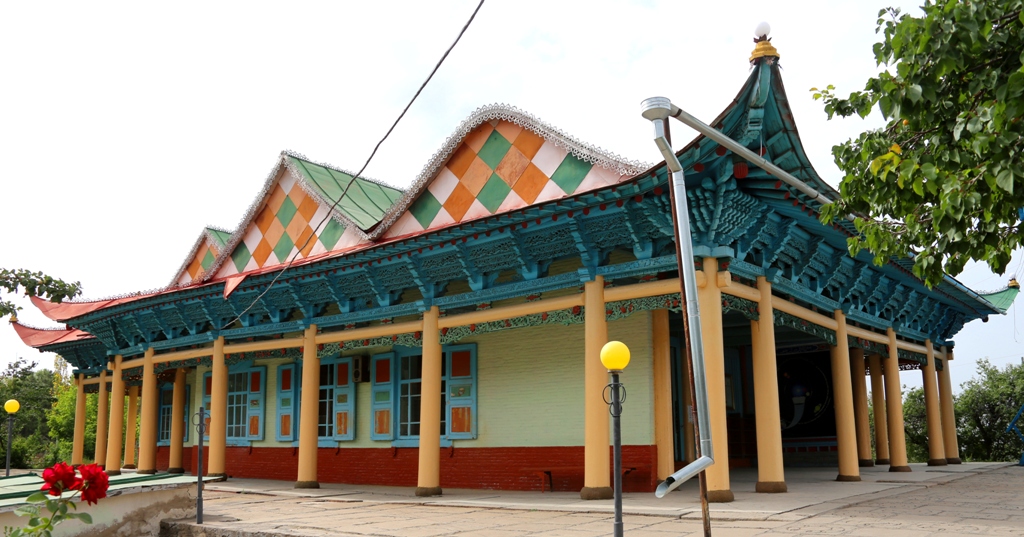
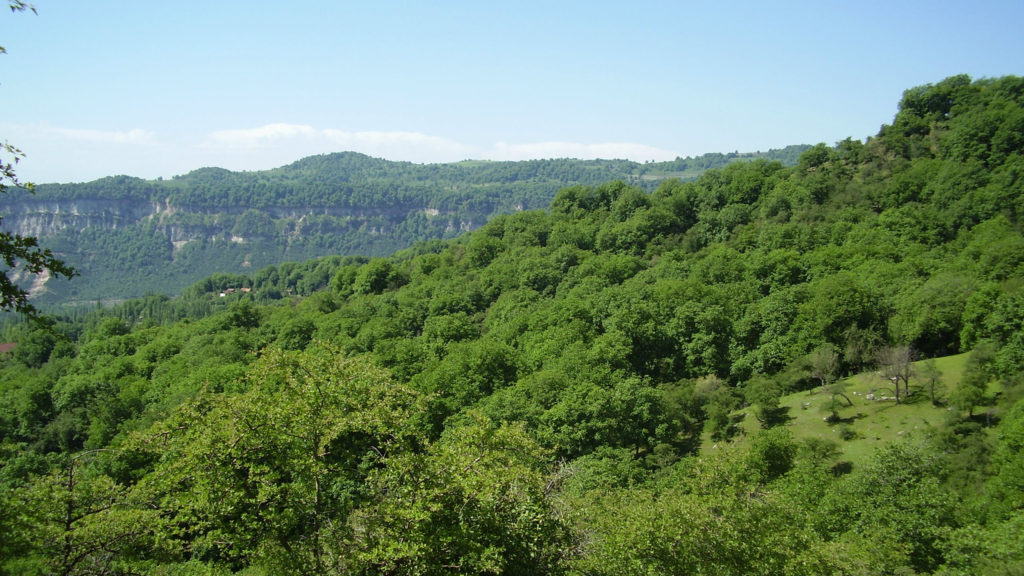
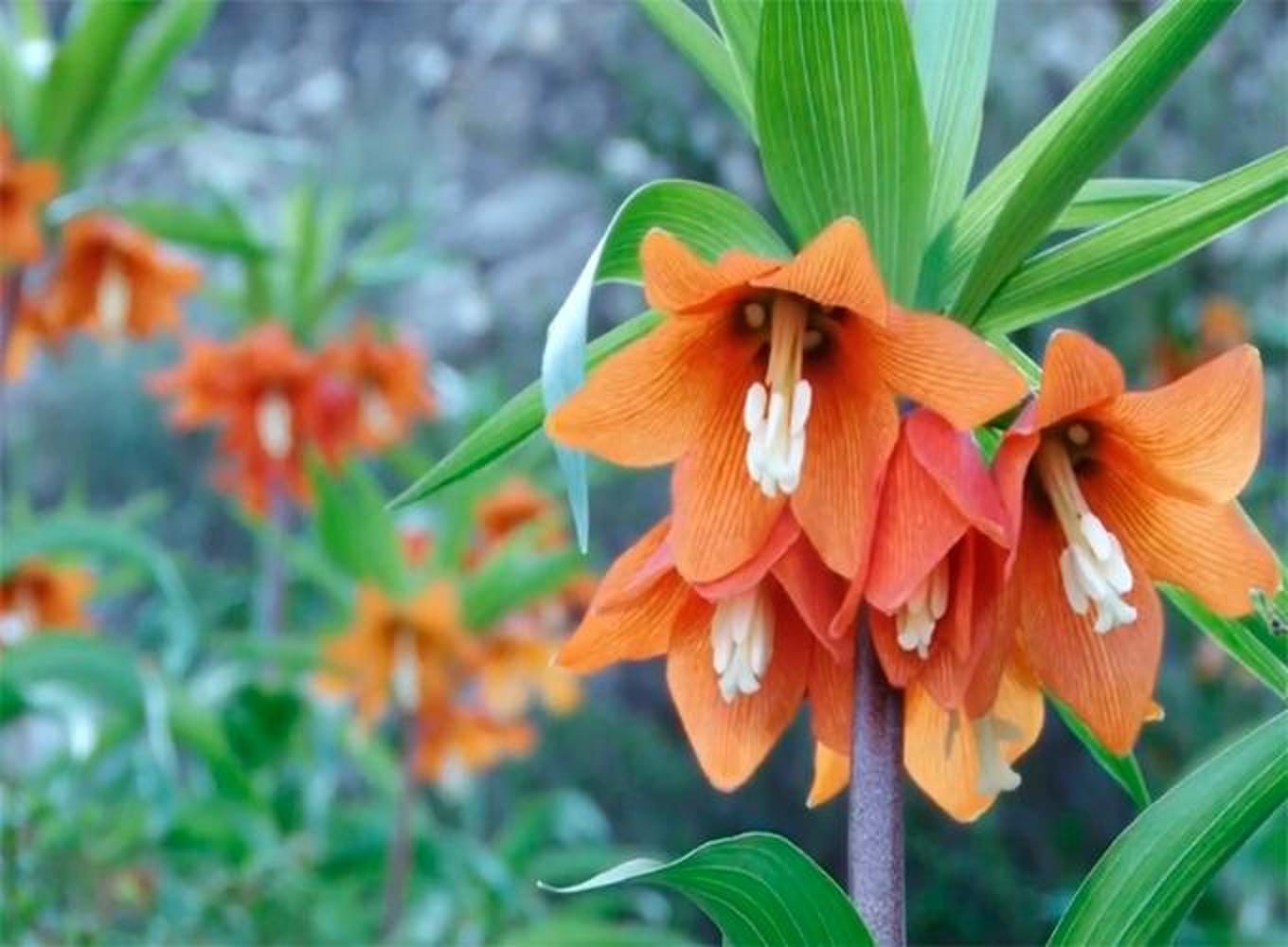
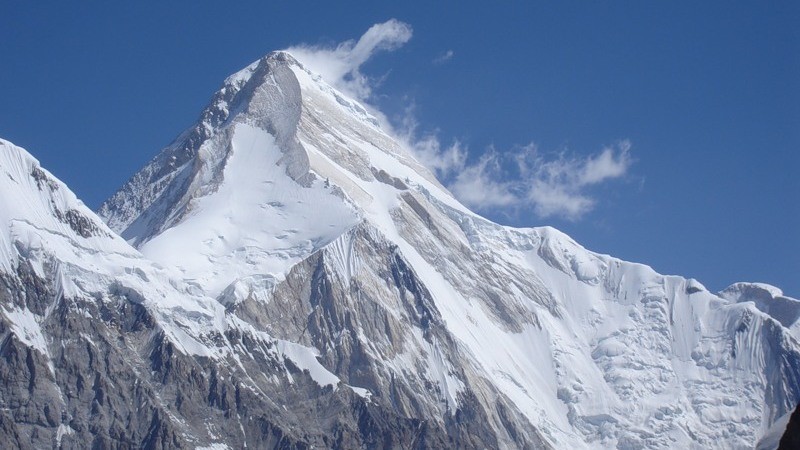
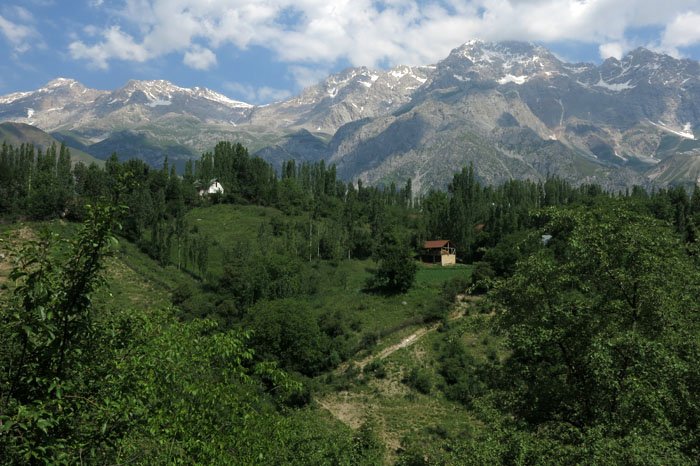





Kyrgyzstan is an amazing mountainous country that has preserved the culture and traditions of nomadic tribes.
Kyrgyzstan is a paradise for fans of active and recreational tourism. Magnificent Tien Shan and Pamir-Alay mountains, virgin nature, alpine pastures, numerous lakes, waterfalls, canyons, caves, alpine meadows, hot springs, forests and deserted steppes await you.
Situated at the crossroads of the Great Silk Road, Kyrgyzstan still preserves unique ancient monuments. If you have never been in Kyrgyzstan, it means that you simply have no idea how interesting it is.
- The largest walnut forests on earth: are in the Arslanbob valley. The area reaches over 600 thousand hectares. According to a legend, even Alexander the Great himself reached the Arslanbob valley.
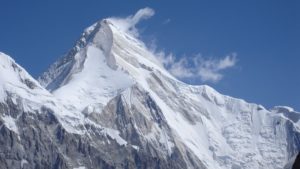 The famous Victory Peak: Kyrgyzstan is famous for its high and beautiful mountains, almost 90% of the country is occupied by mountain peaks. Victory Peak, the highest mountain in the Tien Shan Range, is 7439 m. It is located on the border of Kyrgyzstan and China, the most inaccessible and formidable mountain in the world.
The famous Victory Peak: Kyrgyzstan is famous for its high and beautiful mountains, almost 90% of the country is occupied by mountain peaks. Victory Peak, the highest mountain in the Tien Shan Range, is 7439 m. It is located on the border of Kyrgyzstan and China, the most inaccessible and formidable mountain in the world. - Mertsbaher – the vanishing lake: one of the famous “vanishing” lakes in the world. There are similar lakes in Iceland, Switzerland and Greenland. Lake Mertsbaher lies between the northern and southern branches of the Inylchek glacier. Its mystery is that the lake is formed every summer and flows into the Inylchek River around August. The mysterious lake was discovered in 1903 by the German scientist Gottfried Mertsbaher during an expedition to Khan-Tengri.
- Gold reserves: 43% of Kyrgyzstan’s exports. The Kumtor gold mine, located in the Tien Shan mountains, was opened in 1997 and is one of the largest gold deposits in the world.
- Issyk-Kul – the pearl of Kyrgyzstan: the second most transparent lake after Baikal, which is connected to the Pacific Ocean by a system of underground rivers. In open space, Issyk-Kul resembles the shape of the human eye.
- Bishkek, the capital of Kyrgyzstan, was conceived in the Soviet Union as a marble city, so most Soviet-era state buildings are made of marble.
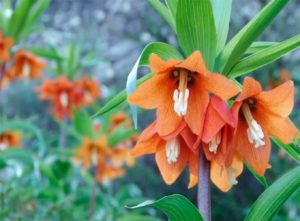 Aigul is a southern landmark in Kyrgyzstan: it means “moon flower” in Kyrgyz, grows on the slopes of only one mountain – Aigultash, about 15-18 km from the city of Batken. Similar flowers grow on the territory of Afghanistan and Tajikistan.
Aigul is a southern landmark in Kyrgyzstan: it means “moon flower” in Kyrgyz, grows on the slopes of only one mountain – Aigultash, about 15-18 km from the city of Batken. Similar flowers grow on the territory of Afghanistan and Tajikistan.- Kyrgyz Big Ben: This is a clock tower in the center of Bishkek. The structure was erected in 1984. The chimes were presented by the Kyrgyz SSR from the Armenian SSR. The clock mechanism of impressive size was created in Yerevan production association “Crystal” and delivered to Bishkek by a special plane.
- Sacred stones of Tamga gorge: in the gorge there are stones “Tamga-Tash” with Tibetan inscriptions carved on them and Buddhist prayers. Scientists assume that the inscriptions on the stones are made by Tibetans who settled along the coast of Issyk-Kul in the Southern and Eastern Tian Shan in the middle of VIII-IX centuries. The gorge is very popular among tourists and Buddhists.
- The oldest man: archeologists found evidence in Kyrgyzstan that the ancient man lived in Central Asia 20 thousand years ago. Exploring foothills of Pamir-Alay, archeologists found a tooth of an ancient child. This is the first find of the remains of homo sapiens in Central Asia, dating back to the Mesolithic era.
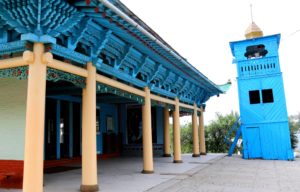 Unique Dungan mosque: located in the city of Karakol, reminiscent of a Buddhist temple. It was built without a single nail at the end of XIX century.
Unique Dungan mosque: located in the city of Karakol, reminiscent of a Buddhist temple. It was built without a single nail at the end of XIX century.- Dinosaurs in Kyrgyzstan: in the 60s geologists found almost a whole skeleton of a Zavropod near the town of Tash-Kumyr. Judging by the found skeleton, the animal was 20 meters long and about 6 meters high. This is a group of four-legged vegetatively eating dinosaurs of the detachment of lizard dinosaurs that lived from the Jurassic to the Cretaceous periods, about 200-85 million years ago.
- Anomalous zone: located in the southeastern part of the Botanical Garden in the city of Bishkek, it has its own microclimate, contributing to the blossoming of asters, tulips and other macrothermophytes in winter.
- A unique open-air sculpture museum: it is located in the central part of Bishkek, where the beautiful Oak Park was laid out in 1980. The museum was established in 1984, in honor of the 60th anniversary of the founding of the Kyrgyz SSR. The collection includes 93 works by famous sculptors of Kyrgyzstan, CIS and far abroad, which were especially loved by tourists and guests of the capital.
- The only circus in Kyrgyzstan: it is located in Bishkek, was created in 1962 and under the USSR was in the top three of the 15 circuses of the Union republics.
Moreover, this is not all interesting facts about the country. Here you will find a lot of secrets, legends, tales, traditions and myths.
Traveling through natural and man-made sights of Kyrgyzstan is accompanied by the invariable hospitality of local people, unusual Kyrgyz cuisine, as well as centuries-old traditions and customs of the ancient people.
All you have to do is to plunge into the nomadic ecotourism, capture the wonders of nature on photo and video and leave feedback on your impressions.
Sunny Kyrgyzstan is waiting for its adventure lovers!

